Hey guys!! Happy Monday!! Today we’re diving into the world of insulation. YAYYYYYY.
I should preface this by saying that up until this point in time all I knew about insulation is from when I was hallucinating from heat stroke when we were working on the Nugget and I thought I could taste cotton candy.
I’m happy to report that I now know a little bit more and have thankfully not wanted to eat it. Sometimes its the little things.
So here’s what I learned, there are 3 main types of insulation.
1. Batts
2. Spray Foam
3. Blown
The type that we used at the Merc was a combination of Batts and Blown.
In the ceiling they put down batts, and then blew the insulation on top of it (we had a TON of holes in the ceiling so the batts served double duty and kept the blown insulation inside.
We also used blown for the walls. The reason is because its better than using batts (which can easily gap) or spray foam (which will settle over time and can leave large open pockets at the top of your walls). This is where having a great general contractor that does this day in and day out is invaluable. Total cost for our insulation was just over $5000.
The insulators started by attaching mesh to all of the studs.
Then once that was done they came back the next day and filled it by poking holes in the mesh.
It made the Merc instantly different. The sound difference is the biggest thing I noticed, its like you have hands over your ears and all the noises that we heard from outside are muffled. Its crazy. And cozy. It feels like the Merc is a giant blanket. A pink cotton candy filled silent blanket. IT IS AWESOME.
A few of you asked about why we insulated the interior walls. We didn’t insulate all of them, just the ones surrounding the theater. We did it for sound so that when Court is playing xbox with his headphones on we can’t hear him yelling. ?
Obviously the energy efficiency is the most important part of insulating and can be a little overwhelming because things change pretty often.
When you’re judging insulation effectiveness, they use a scale called R Value. Basically it is a way to measure heat flow. The higher the R Value, the better.
Depending on the zone you live, your R Value requirement may be different, where we are in Southern Utah, ours breaks down like this:
Attic: 38
Walls: 13
Floor: 13-19
Basement: 11
This is a really great scale that you can work off of!
One good thing that we’ve got happening with the Merc is that because we built the new walls inside the existing ones (#wonky) we are knocking it out of the park with our R values, which is great because apparently Santa Clara has really high energy bills. (Another thing that we’re looking into is getting solar to offset it after we’ve been in for a little bit.)
If you remember the discovery of the east wall, you know that we thought it was cinderblock. When we cut into it we discovered that it was actually just a normal wall, so we filled both levels (the interior wall that was crappy, and the space on the other side) with insulation, and then also insulted the new wall. Everywhere that had existing sheetrock that we were keeping was also insulated.
Because we’re doing the renovation in 2 phases, we had to completely insulate the outside perimeter of phase 1 so that we could have a thermal envelope. Some of that will be taken out when phase 2 is ready, but most of it will stay.
(all of the section above will go once phase 2 is done because that is an opening into the living room)
Riveting yes?

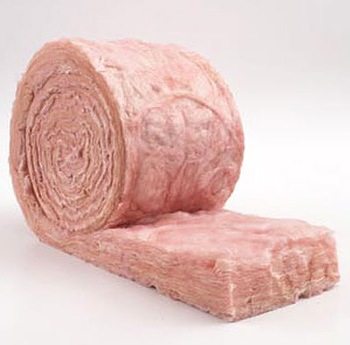
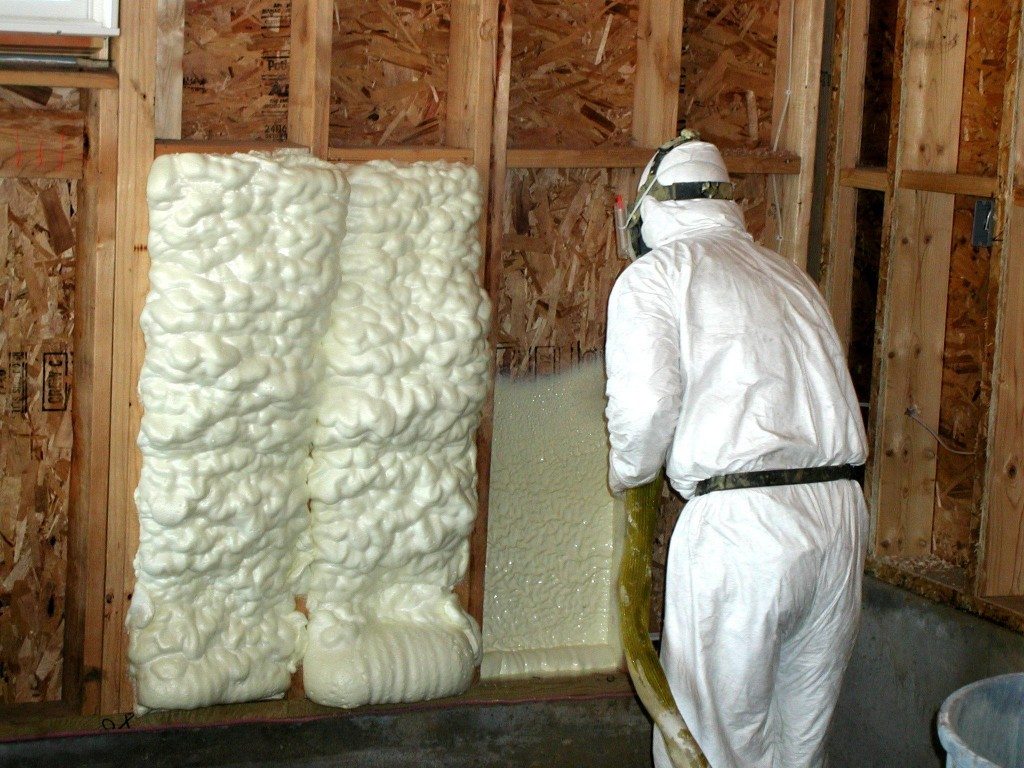
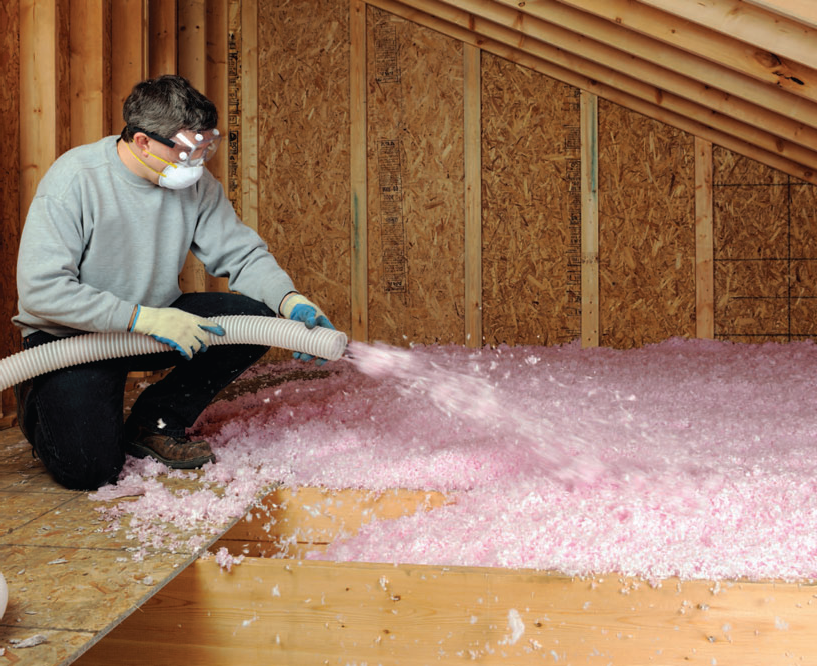
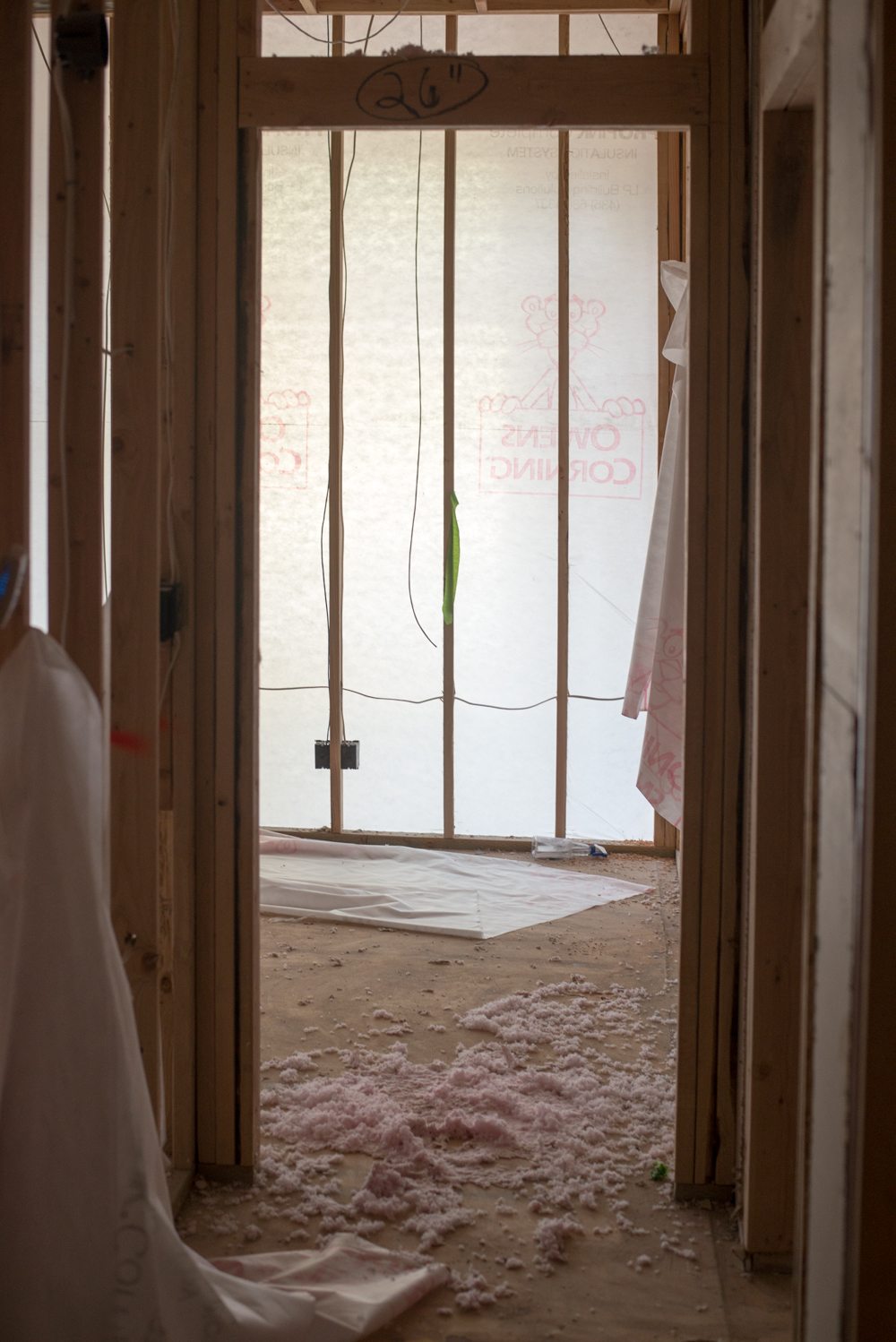
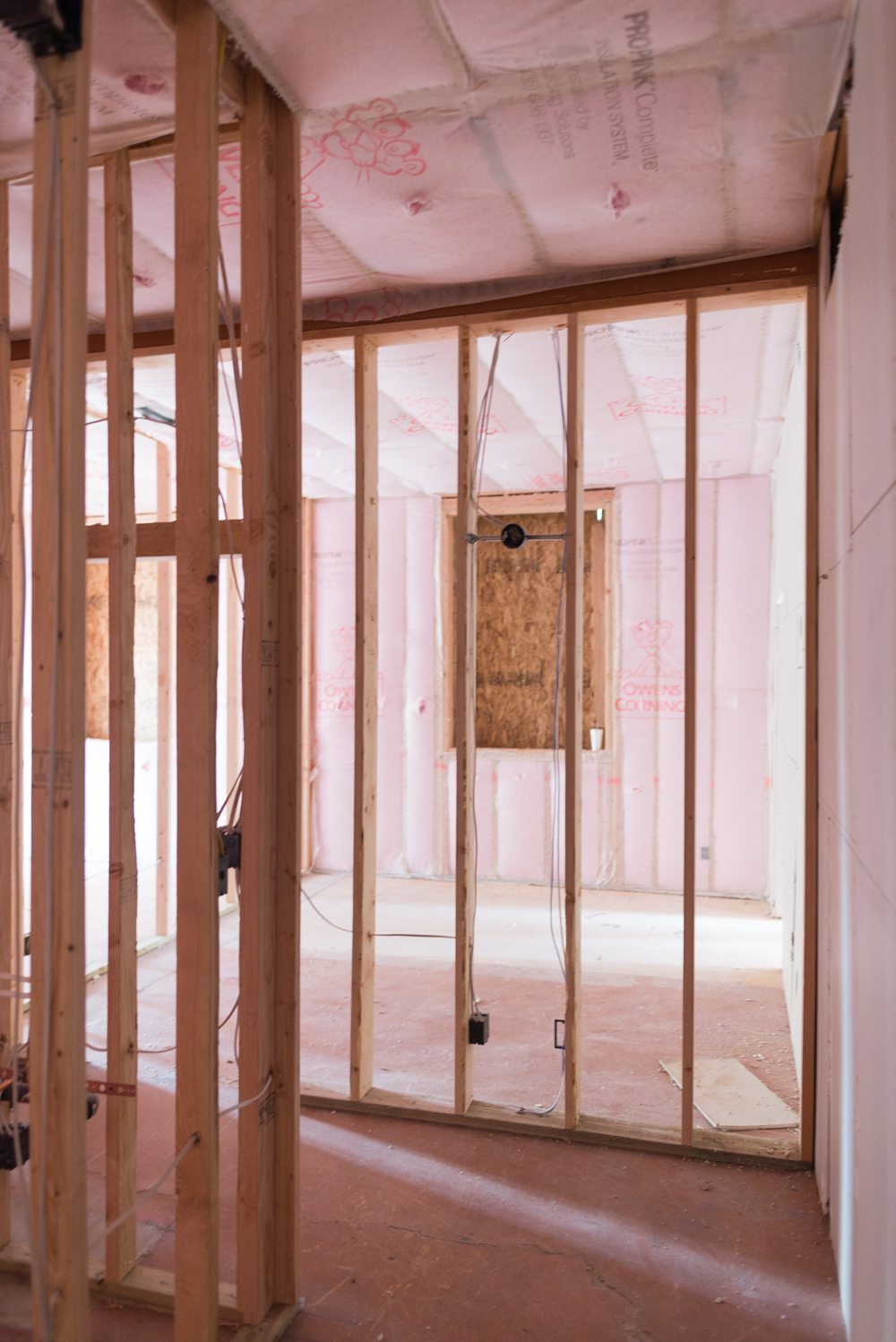
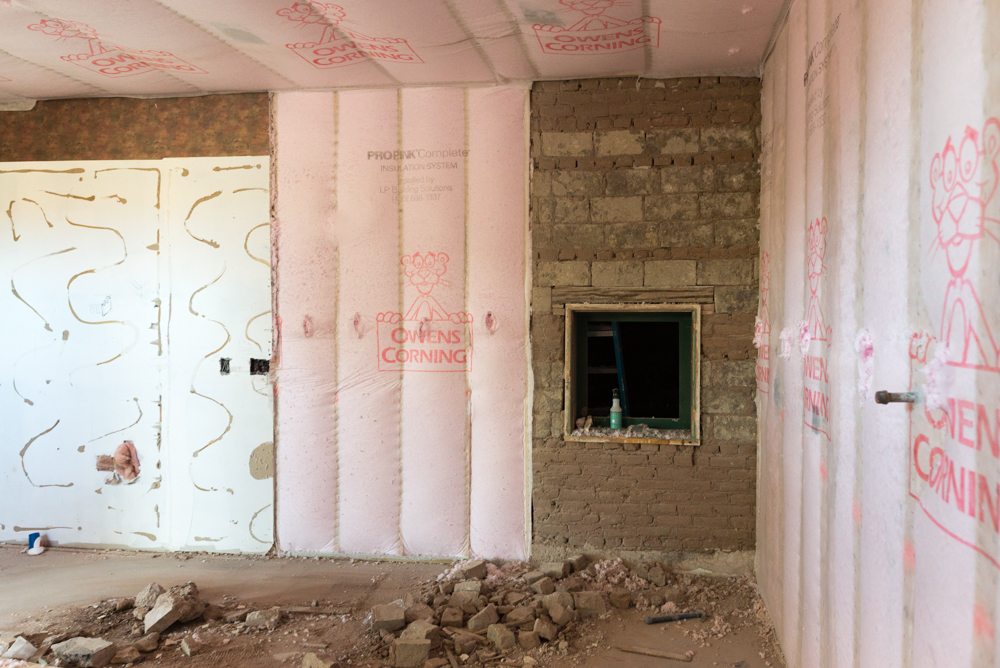

I’ve never heard of foam insulation settling but can tell you from experience that blown will! I’m curious what blown stuff they used in your walls that isn’t supposed to settle. Do you have a link for that?
Our house has lots of sad areas that once were better insulated but now just have a pitiful pile of blown stuff. we’ve been putting in spray foam as we update. It’s great – filling all the nooks and crannies.
I thought it was the opposite, that blow in insulation is known for settling (especially in walls) and spray foam insulation that stick right to the walls and stays in place filling in all the nooks and crannys. I could be wrong of course, or maybe they’ve come out with new types of blow in?? I’ve been under the impression that the main downside to spray foam insulation was the cost but was otherwise kind of the top choice for efficiency.
The foam can shrink and leaves gaps . Fiberglass batting is not likely to settle in walls .
Same here–I just did our finished attic and our contractor (and my independent research confirmed) said that foam is by far the best–just very expensive. We went for it because ice dams are a concern and justified it as paying more now to avoid potential future damage. We are in a different part of the country, but we paid more for our one floor than all of the Merc, so it’s probably cost prohibitive to do for such a large space.
As a professional insulator with over five years of experience in all three major fields of insulation, I can say that foam insulation will never “settle” if it is sprayed at the right temperature and onto a non-wet surface that is actually ok to spray on.
It can however, pull away from walls if it is sprayed in with too high of a temparture.
Blown-in insulation will settle, period. Doesn’t matter if it is Cellulose, or Fiberglass.
If you install the insulation in the manner above, the only way to negate the settling as much as possible, the cavities must be filled to the maximum R-Value the studs can hold.
Even then it will settle over time, and still lose R-Value as fiberglass inevitably does.
The pros of fiberglass over spray foam are only two, it is cheaper and it is recyclable.
While spray foam provides a tighter envelope, allowing less air infiltration, and a more comfortable environment.
Closed Cell foam even increases the structural integrity of your home.
Also, to anyone that wants to have their interior walls sound-proofed, rock wool insulation such as Roxul provides the best sound mitigation, for added affect use sheetrock resilient soundproof clips every 48 inches for the best soundproofing you can get without dropping a ton of money on QuietRock or using 3 or 4 layers of sheetrock with green glue.
Well, it looks like they blew plenty of insulation in the walls, maybe a little too much. When blowing fiberglass too dense, you will actually start to decrease the R value. Your insulation contractor really should have air sealed those holes in the attic instead of just laying fiberglass Batts across them and blowing over it. That is a big No-No. Every well trained contractor knows that air sealing makes the biggest difference on utility savings and keeps all of the conditioned air from escaping into hot attic spaces. Spray foam, though it has is substantially higher upfront cost, usually pays itself back in utility savings compared to fiberglass on a new construction house within a few years. Most of the houses I’ve insulated with spray foam are an average of 3500 square feet, and the heating and cooling bills generally run $100 a month or less.
Spray foam stays in place and fills all the cracks and corners. Blow will settle in your walls over time. The biggest downfall to foam is cost but it is the best.
From what I understand spray foam is supposed to be the best choice, lasting longest, and saving you the most money on future utility bills
-the only drawback to it being how expensive it is.
Like the other commentors, I am pretty sure you are mixing up the terms for spray foam (similar to great stuff that hardens) and blown in (the loose stuff). I love freshly insulated spaces! You are right about the muffled sounds.
Hello, I check your new stuff regularly. Your humoristic
style is witty, keep up the good work!